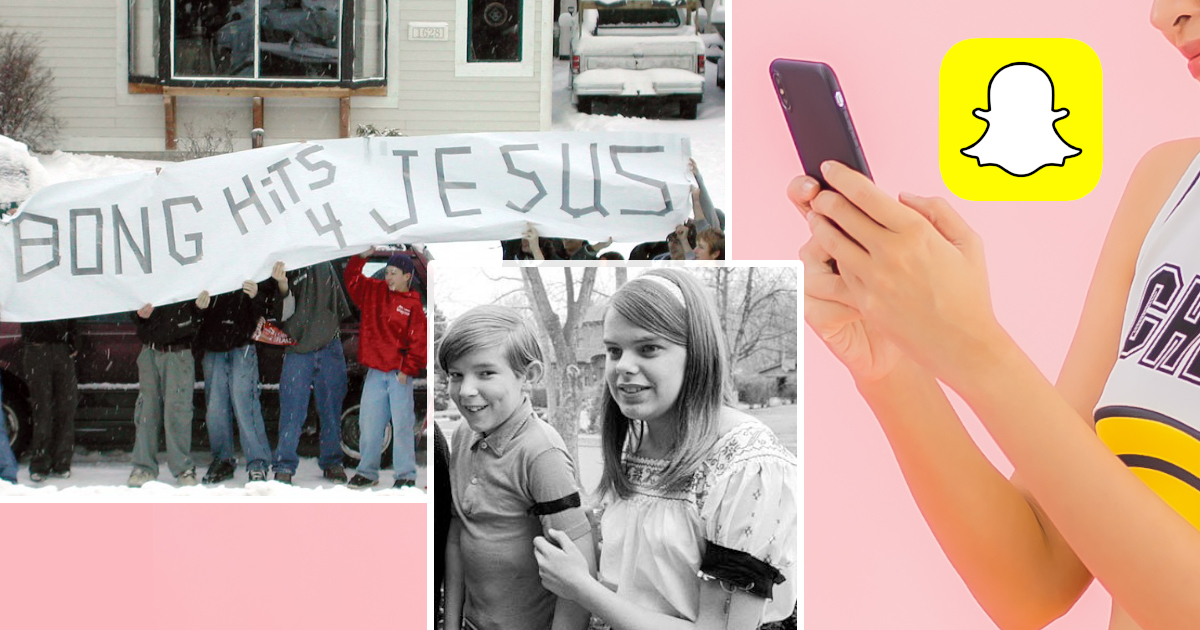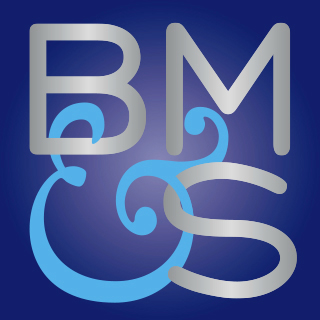In 8-1 Decision, SCOTUS Rules Narrowly for Cheerleader While Permitting Regulation of Off-Campus Student Speech

In an 8-1 decision issued yesterday in B.L. v. Mahanoy Area School District, the Supreme Court held that schools may regulate some off-campus student speech while ruling that a Pennsylvania high school cheerleader’s expletive Snapchats fell outside of constitutionally punishable speech under the First Amendment. As we predicted in our last article, the Court ruled consistently with the Tinker standard in finding that B.L.’s posts did not substantially disrupt the school environment and thus could not be punished, while declining to adopt the Third Circuit’s categorical ruling banning school regulation of any off-campus speech.
However, the Court did not take the path of least resistance by relying only on the Tinker standard and instead articulated, through the opinion of Justice Stephen G. Breyer, three features outlining the constitutional parameters of punishable off-campus speech. First, the doctrine of in loco parentis generally does not apply to off-campus speech and only allows educators to stand in the place of parents where the student’s actual parents cannot protect, guide, and discipline the student. Second, courts must be skeptical of regulating off-campus speech that would allow 24-hour regulation of student speech and must be particularly wary of restricting political or religious speech. Third, public schools as “nurseries of democracy” have an interest in promoting the marketplace of ideas including protecting unpopular ideas.
The Court concluded: “Taken together, these three features of much off-campus speech mean that the leeway the First Amendment grants to schools in light of their special circumstances is diminished. We leave for future cases to decide where, when, and how these features mean the speaker’s office-campus location will make the critical difference.” The Court applied the three features and the Tinker standard to find that the speech of B.L. did not fall within constitutionally punishable speech under the First Amendment.
The concurring opinion of Justice Samuel A. Alito, joined by Justice Neil M. Gorsuch, discussed the historical basis of school authority to regulate student speech under the doctrine of in loco parentis. The decision, without announcing an exhaustive list of punishable off-campus speech, articulated some types of speech found punishable by lower courts, including perceived threats to school, educators, or students; speech criticizing or deriding educators; and bullying and harassment of students.
The lone dissenter, Justice Clarence Thomas, took a historic approach in citing 150 years of precedent supporting the cheerleading coach and educators’ broad abilities to regulate off-campus speech and behavior, including truancy, that has “a proximate tendency to harm the school, its faculty or students, or its programs.” Justice Thomas noted that plausible arguments can be raised in favor of departing from the historical perspectives, including the in loco parentis doctrine, but that the Court abandoned such historical principles without proper discussion.
Many will count this decision as at least a partial victory, including B.L. whose one-year ban from the cheerleading team was found to violate her First Amendment rights. Others including state legislatures and local school districts across the country may be relieved, as the Third Circuit’s categorical ruling, if adopted by the Court, would have overturned countless State and local laws and policies allowing if not requiring regulation of off-campus speech in cases such as bullying and harassment. While some educators and parents likely wished for more concrete guidance from the Court, this decision will give the Court time to consider the new era of schooling defined by the pandemic, virtual learning, and cyberbullying before announcing any broader rule in a case with more constitutionally debatable facts.
